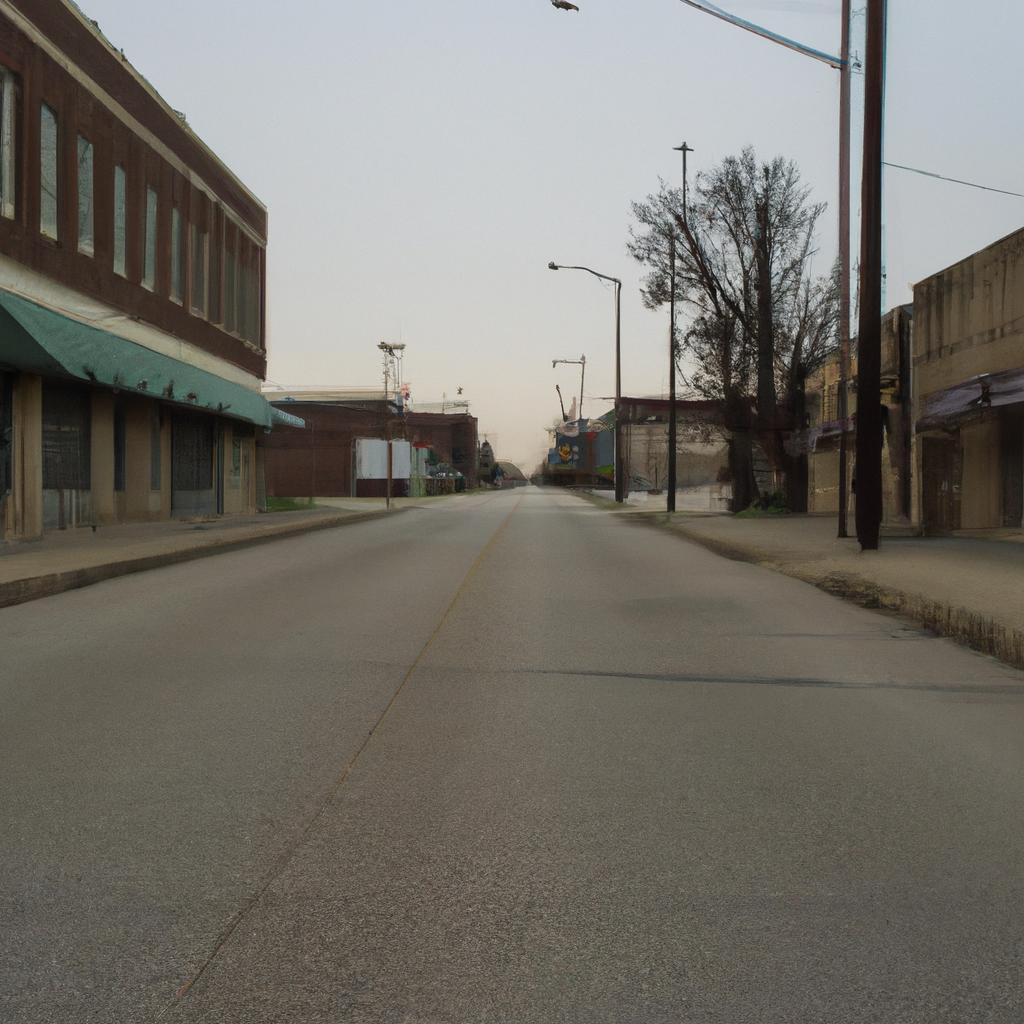Cairo, Illinois, a city nestled at the convergence of the Ohio and Mississippi Rivers, is no stranger to change. Once a bustling center of commerce and transportation, it has experienced significant decline in recent years. Today, Cairo is grappling with high poverty rates, racial tensions, and crumbling infrastructure. In this article, we will delve into the city’s history, examine the factors contributing to its decline, and explore the ongoing efforts to revitalize it.
A Glimpse into the Past
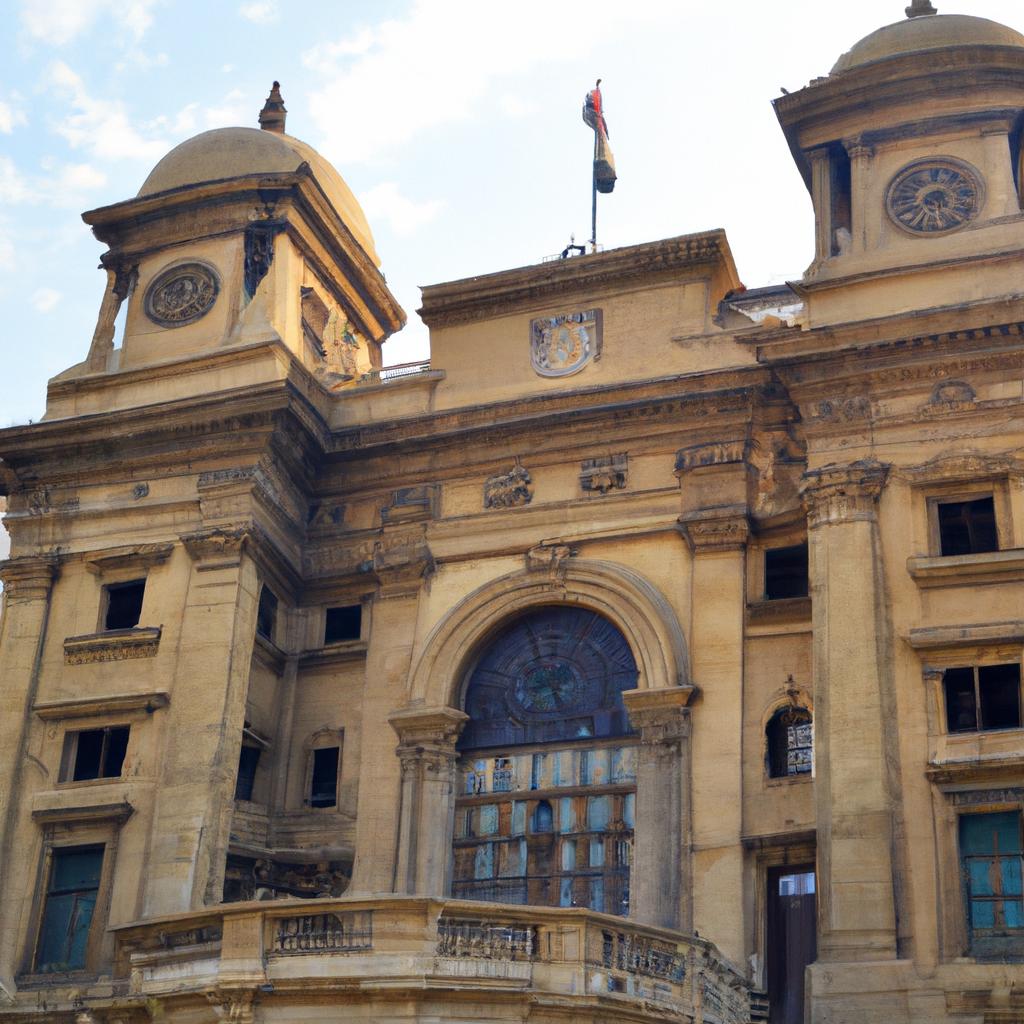
Cairo’s journey began in 1837, strategically positioned to facilitate trade and transportation. The city quickly flourished as a hub for river traffic and railways, attracting businesses and fostering a thriving downtown area. During the Civil War, Cairo played a pivotal role as a military base and Union headquarters. However, as the 20th century unfolded, significant economic shifts took their toll on Cairo’s prosperity.
Economic Challenges and Job Loss
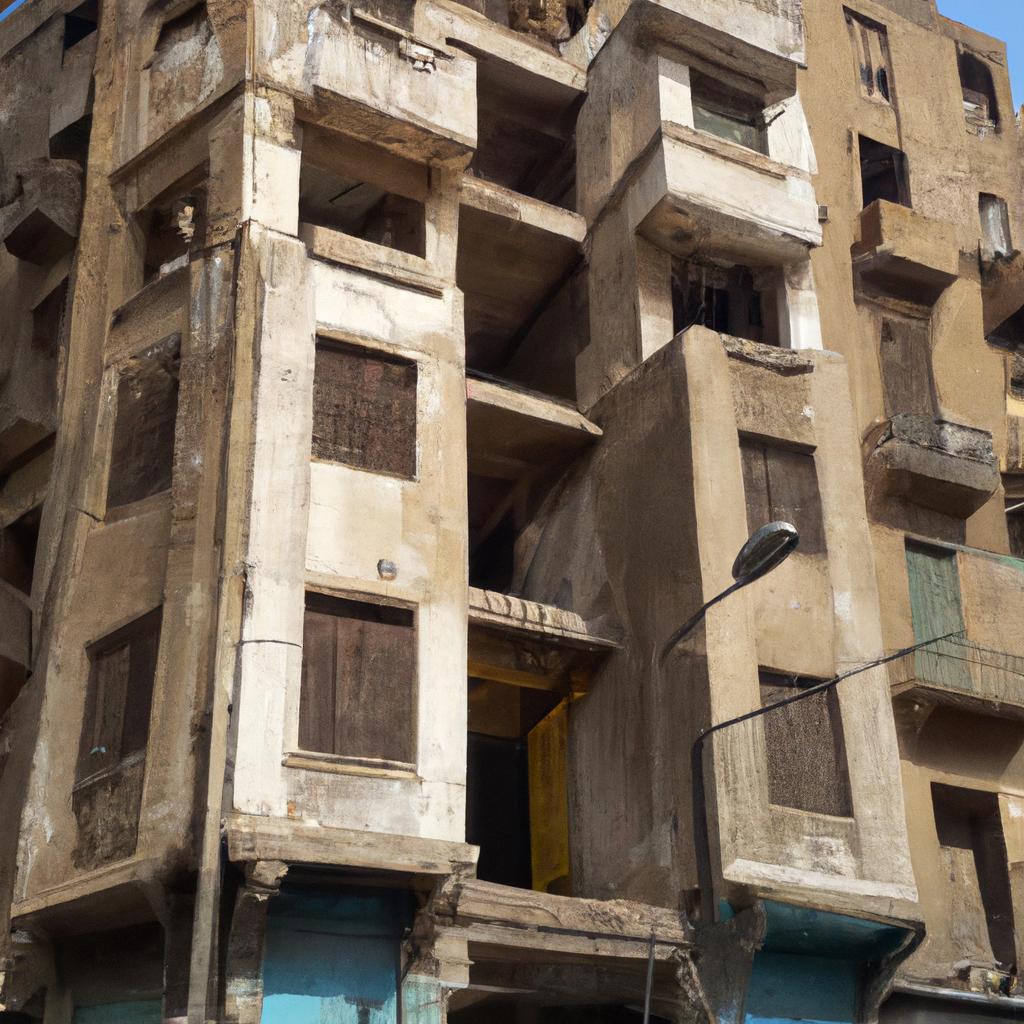
Cairo’s economic decline can be attributed to several factors. The city’s heavy reliance on transportation and industry left it vulnerable to changes in the economy, such as the decline of riverboat traffic and the automation of manufacturing. Additionally, the construction of new highways and bridges diverted traffic away from Cairo, resulting in reduced business and tourism.
The loss of jobs in the manufacturing industry has had a profound impact on Cairo’s economy. Many residents have been forced to seek employment elsewhere, leading to a decrease in population and tax revenue. The high poverty rates have made it challenging to attract new businesses and investments. Nevertheless, there have been concerted efforts to reverse this trend. The city has secured grants for infrastructure improvements and revitalization projects, and plans are underway to develop a new port facility.
Racial Tensions and Ongoing Struggles
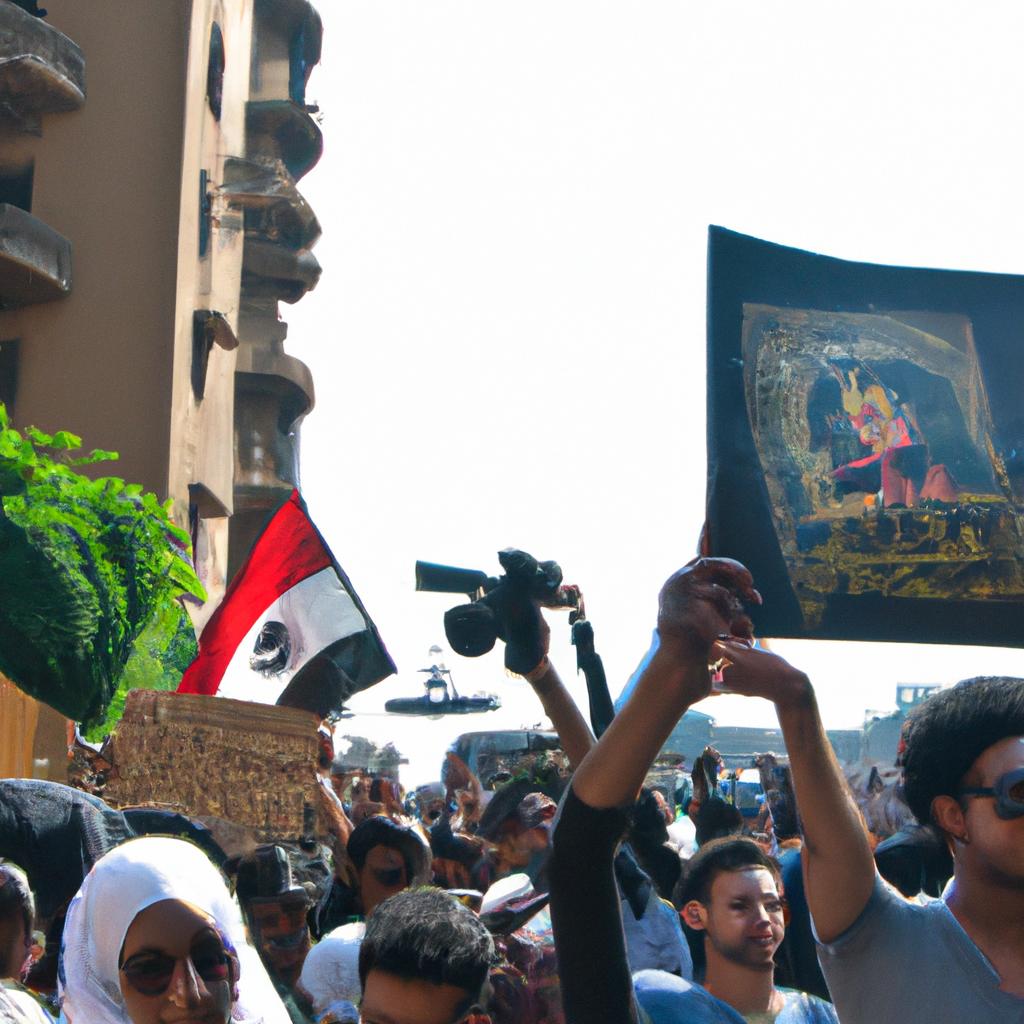
Cairo has a complex history of racial tensions, dating back to the era of segregation and the Civil War. The city was once sharply divided along racial lines, with African American residents confined to an area known as “the Bottoms.” Discrimination and segregation were pervasive, with periodic eruptions of racial violence.
Today, the legacy of segregation and discrimination persists in Cairo. The city remains deeply segregated, with African Americans forming the majority in the Bottoms area. Residents have reported instances of racial profiling, discrimination in housing and employment, and a lack of opportunities for advancement. Recent events have seen protests and demonstrations against police brutality and racial inequality, with residents banding together under the banner of the Black Lives Matter movement. Despite the challenges, there have also been efforts to promote unity and understanding among the diverse racial groups within Cairo.
The State of Infrastructure and Housing
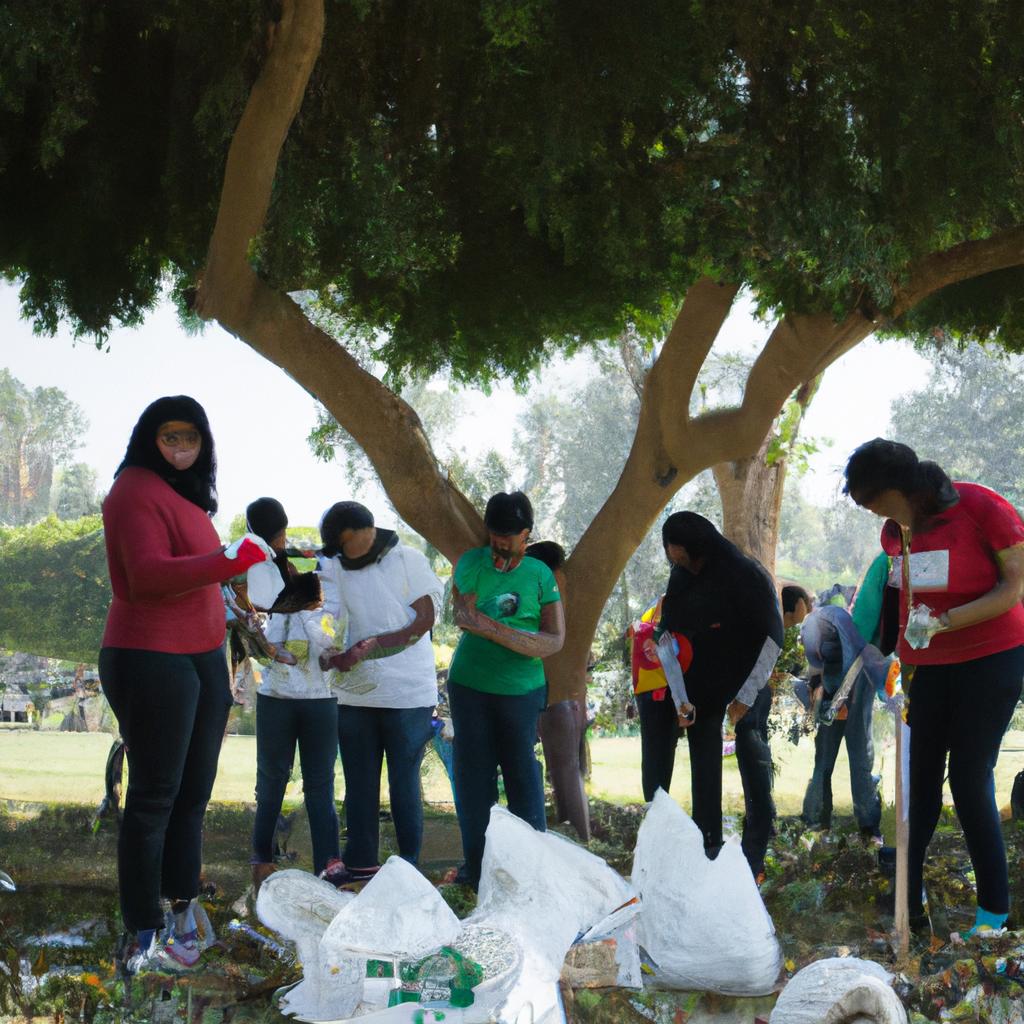
Years of neglect and insufficient investment have left Cairo’s infrastructure in a state of disrepair. Roads, sidewalks, and bridges are deteriorating, making transportation hazardous. Additionally, the city faces a shortage of affordable and safe housing options, with many buildings falling into disrepair. These infrastructural and housing deficiencies have further contributed to the city’s decline and posed obstacles to attracting new businesses and residents.
Efforts are underway to rectify the infrastructure and housing situation in Cairo. Funding has been allocated for infrastructure improvements, including road repairs and upgrades to the water and sewer system. Abandoned buildings are being rehabilitated, and plans are in motion to create new affordable housing options. These developments are crucial for the city’s future success, as they will help attract new residents and businesses to the area.
The Road Ahead
Despite the challenges Cairo faces, there is reason to be optimistic about its future. The city’s location at the junction of two major rivers and its historical importance make it an appealing destination for tourism and recreation. Moreover, Cairo has the potential to develop new industries and attract businesses, particularly in the fields of renewable energy and technology.
Steps are already being taken to address these challenges and promote future growth. The Cairo Chamber of Commerce is actively working to attract new businesses and investments, while local organizations are dedicated to improving infrastructure and housing options. Revitalizing Cairo will require a collaborative effort from all stakeholders, including residents, business leaders, and government officials.
In conclusion, Cairo, Illinois, has faced significant adversity, including economic decline, racial tensions, and infrastructural challenges. However, the city possesses the potential for rejuvenation and growth. Ongoing efforts to improve infrastructure, attract new businesses and industries, and promote tourism and recreation are testament to the determination and resilience of Cairo’s community. TooLacks will continue to monitor the situation in Cairo and report on its progress.
